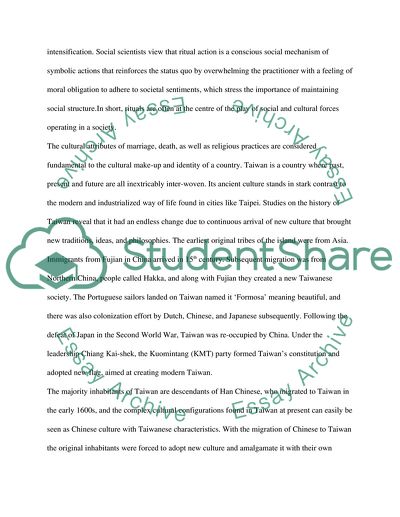Cite this document
(“Taiwan or hong kong (asian) rituals Essay Example | Topics and Well Written Essays - 2500 words”, n.d.)
Retrieved from https://studentshare.org/miscellaneous/1545672-taiwan-or-hong-kong-asian-rituals
Retrieved from https://studentshare.org/miscellaneous/1545672-taiwan-or-hong-kong-asian-rituals
(Taiwan or Hong Kong (asian) Rituals Essay Example | Topics and Well Written Essays - 2500 Words)
https://studentshare.org/miscellaneous/1545672-taiwan-or-hong-kong-asian-rituals.
https://studentshare.org/miscellaneous/1545672-taiwan-or-hong-kong-asian-rituals.
“Taiwan or Hong Kong (asian) Rituals Essay Example | Topics and Well Written Essays - 2500 Words”, n.d. https://studentshare.org/miscellaneous/1545672-taiwan-or-hong-kong-asian-rituals.


